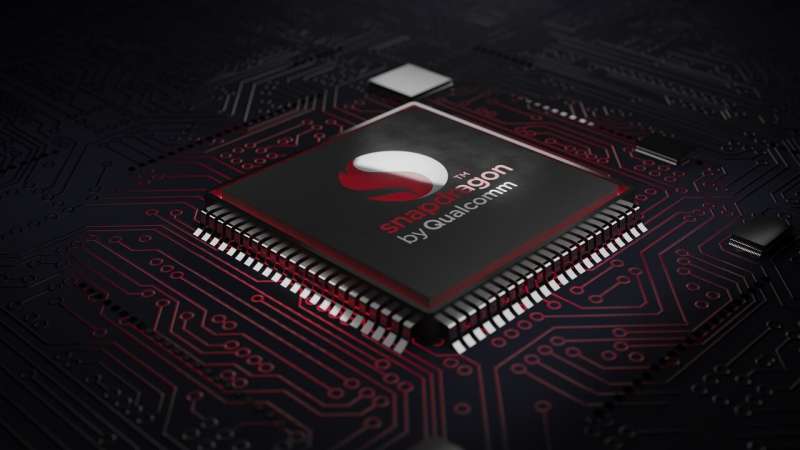
Qualcomm has been working for years to get its mobile technology into other products besides smartphones—think drones, laptops and smart security cameras.
Those efforts to connect the unconnected—generally called the Internet of Things—have recently started to deliver consequential financial results for Qualcomm, with revenue topping $1 billion in each of the past two quarters.
To help keep the momentum going, San Diego’s largest publicly traded company rolled out a suite of seven new Internet of Things chips this week. They range from entry-level to premium tier semiconductors. Features include baked-in artificial intelligence and security, power-efficient computing, precise location capabilities and fast Wi-Fi 6, 5G and LTE connectivity, depending on the chip.
“Within the Internet of Things ecosystem, there are a variety of segments going through digital transformation, whether its retail or warehouse management or the shipping industry,” said Nagaraju Naik, Qualcomm senior director of product management. “Collaboration is yet another significant segment. These products that we’re introducing are going to enable a lot of those applications.”
Qualcomm supplies more than 13,000 Internet of Things customers today. The company expects to add another $1.3 billion in IoT sales in the current quarter.
Even so, the bulk of Qualcomm revenue still comes from smartphones—a maturing industry that is consolidating behind a handful of dominant brands such as Samsung and Apple.
Samsung already makes its own cellular processors for some of its phones, and Apple is working to design its own cellular chips, too, potentially ditching Qualcomm chips from iPhones.
Hence the push to diversify. While the Internet of Things market was growing before COVID-19 lockdowns, the pandemic accelerated adoption, said Naik. Video collaboration led the way with remote work, online school and telehealth appointments.
Mobile technology fits right into video collaboration, said Naik. Qualcomm’s new top tier Internet of Things chip delivers the processing heft to manage multiple cameras, stream high-resolution video and provide noise canceling audio, as well as power artificial intelligence algorithms for things like facial tracking or background blurring.
Retail tech is another sector ripe for digital transformation, said Naik. Emerging technologies include smart carts that analyze items, deliver digital coupons and enable just-walk-out shopping.
“Smart cart is actually bringing the point-of-sale experience or the checkout experience into the cart,” said Naik. “So, you have cameras that can detect what (merchandise) is being picked by the consumer, and then right on the cart you have point-of-sale ability.”
Warehouse management and package shipping also are innovating with digital technology, as are smart cities, smart health care and smart factories. As part of the chip rollout, Qualcomm is offering extended hardware and software support for IoT devices for a minimum of eight years.
“Qualcomm Technologies is uniquely positioned to lead the IoT ecosystem forward with our systems-level approach,” said Jeff Lorbeck, senior vice president and general manager of connected smart systems at Qualcomm. “We believe in the power of technology to enrich lives through purposeful innovation with solutions to support the ecosystem in reimagining how the world connects, works and communicates. These new IoT solutions are a step towards achieving that goal.”